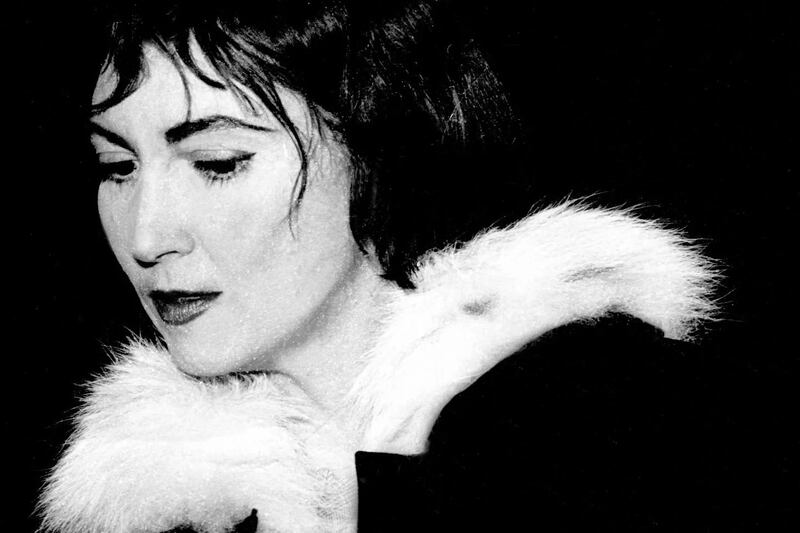It was 60 years ago today. November 7th, 1963, was the day that The Beatles brought their band to play – in a cinema in Dublin.
The Adelphi Cinema in Middle Abbey Street was no ordinary cinema: it was a 2,000-seat auditorium that could stage live shows as well as movies. It’s a car park now, but that’s another story.
In Ireland back then only those of a certain age were aware of the Beatles’ astonishing rise to fame, and it was reaching its first peak with the release of their third successive hit record. Their appearances around Britain had provoked riots, and one tabloid had coined the phrase “Beatlemania”.
But an unsuspecting Middle Abbey Street was quiet at about 4.30 in the afternoon as four Liverpudlians – the Fab Four in person – slipped into the deserted foyer of the Adelphi. A few squeals from the street heralded their arrival: the girls outside had been waiting at the wrong door.
The night a ‘sputnik’ crash-landed in rural Wexford
‘A breakthrough in the case of my stolen Dublin Bike and the subsequent €150 fine’
A daisy with a doctorate? Frank McNally on the enrolment of ragwort in the rewilded lawns of Trinity College
Ballet Go Backwards – Frank McNally on Patrick Kavanagh’s short-lived career as a dance librettist
Having started work for a magazine publication shortly before, I was among the journalists invited to a press chat plus photo session with the Beatles. I was younger than most of the bored-looking media folk present. (Some of them must have been at least 30!)
Security was very relaxed. Cinema manager Harry Lush had simply sent around to Eason’s in O’Connell Street for a bagful of lapel badges bearing titles like Steward and Treasurer and Secretary. One of them would get you into the Adelphi boardroom to meet John, Paul, George and Ringo.
As we watched them troop up the broad stairs to the mezzanine floor, sharply dressed and coiffed as few others of their age in Dublin were, I sensed that we were about to meet something new in the world of entertainment, but never imagined how much they would shake things up. Nobody did.
In the small boardroom it was immediately clear that these new arrivals were a cut above Britain’s previous “pop stars”. They were sharp, witty and totally clued in to how publicity worked. You wanted a four-column photo? They obliged with a a wide-armed, leg-kicking “ta-dahh!” pose. Single column? They somehow put their heads atop each other on an adjacent table. The snappers were utterly charmed.
Paul McCartney was clearly enjoying the banter with his questioners, Ringo patiently explained his nickname over and over by showing off his bejewelled fingers, John Lennon stood more quietly, giving patient answers to banal questions. I asked him what was the difference between rhythm-and-blues and rock-and-roll (a burning issue at the time!). He gave me a look and said in his best scouse, “Rhythm-and-blues is black.”
I didn’t get to ask George Harrison anything – he had slipped away to meet his Dublin aunt and cousins.
The excitement was building outside on the street. Besides the lucky ones who had bought tickets, hundreds more had turned up in the hopes of catching a glimpse of The Beatles, and the few gardaí were under pressure. Their screams (the fans’ not the guards’) were as nothing to those inside the cinema.
There was a package of other artists touring with the Beatles. (Where are they all today? And where are the Beatle autographs I collected for the girls back at the office? )
Between these acts the screams became a relentless chant of “We Want The Beatles” and the compere, a Canadian comedian called Frank Berry, finally gave up and joined in.
Behind the closed curtains a guitar suddenly sounded the first chords of “I Saw Her Standing There”. The curtains slid back and they were there. The Beatles. In Dublin. Pandemonium. John Lennon straddle-legged on the right. Ringo at the back on a raised drum dais. And George and Paul together at one mike, shaking their fringes in unison. The girls, who were already standing on the seats, levitated even higher and screamed even louder. The St John’s Ambulance Brigade were quickly busy ferrying the fainted out to the foyer.
The Beatles, already a polished act from the years when three of them (minus Ringo) had played in Hamburg, ran through a repertoire that included songs by other artistes as well as their own. Then came their three hits, culminating in “She Loves You” . By the time the last “yeah, yeah, yeah” had faded, they had reduced their audience to a damp, perspiring, deliriously happy mass of humanity.
They weren’t finished yet. John Lennon attacked the microphone with his throat-destroying version of the Isley Brothers’ “Twist And Shout”. After the final crescendo they took a bow and the curtains closed.
The crowd roared for more. People rushed the stage. But The Beatles had gone.
Well, not quite. The whole show was repeated at nine o’clock. Then The Beatles really vanished. Nobody got to see them leave the Adelphi – while their last notes were still reverberating, they were being bundled out the back door and into the back of an Evening Herald van from the adjacent Independent printing works.
Inside the van was a reporter. The late Liam Kelly got the scoop of the night as he and the fleeing four were whisked to the safety of the Gresham Hotel.
Meanwhile there was a mini-riot taking place in Middle Abbey Street – but that’s another whole day’s night!














